Communities that Care
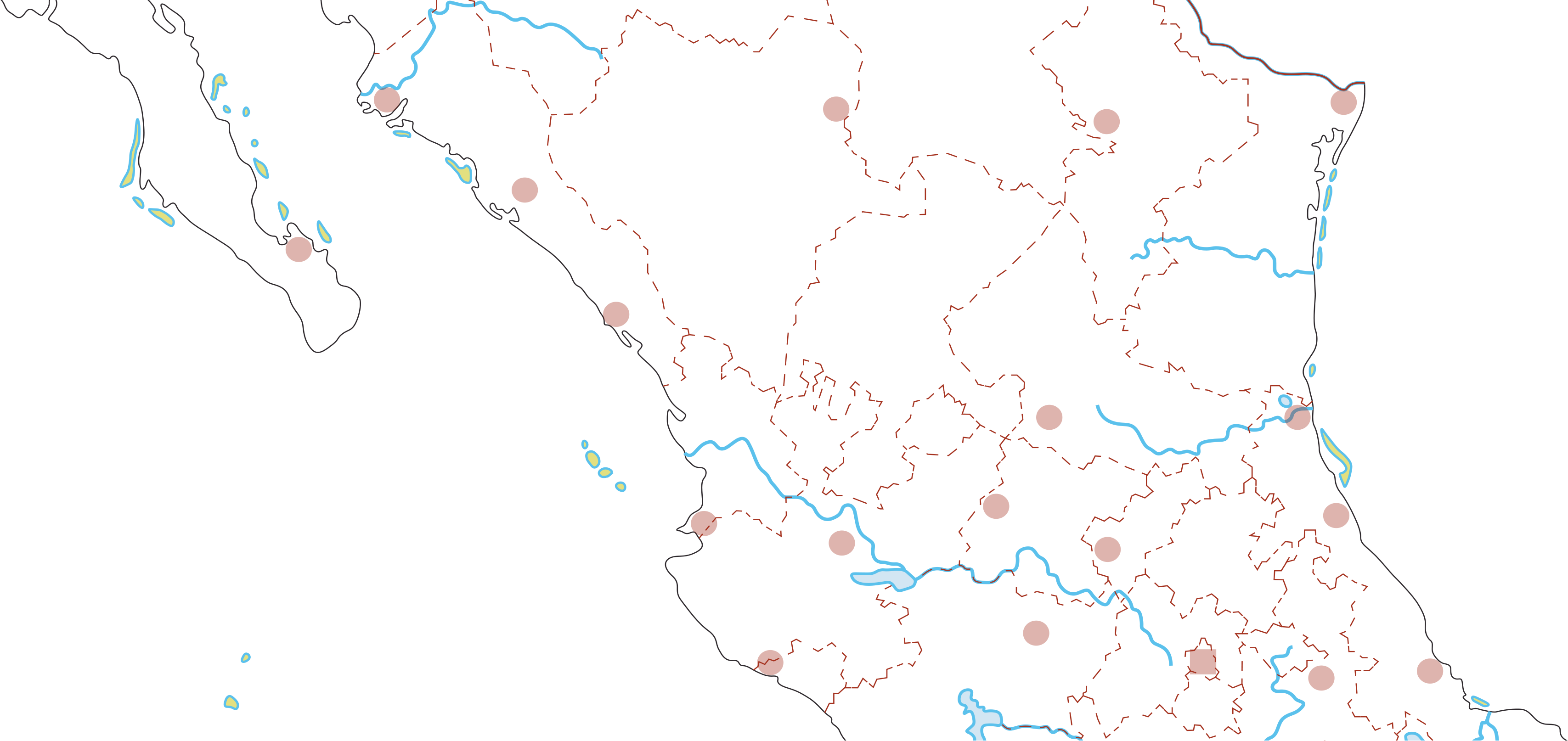


ver seven days in October 2022, a group of eight farmers and ranchers from Sierra La Mojonera, a protected natural area in northern Mexico, joined Bat Conservation International (BCI) Strategic Advisor for Endangered Species Dr. Ana Ibarra and staff from Mexico’s National Commission of Protected Areas (CONANP) to travel 2,216 miles throughout northern Mexico. This “Exchange of Experiences” trip focused on protecting land for bats and other species. It also introduced the eight ejido members—rural producers who live on and use communal land for agriculture and ranching—to producers from protected areas in other parts of the country to learn about sustainable land management that will simultaneously support the producers’ livelihoods and bat conservation.
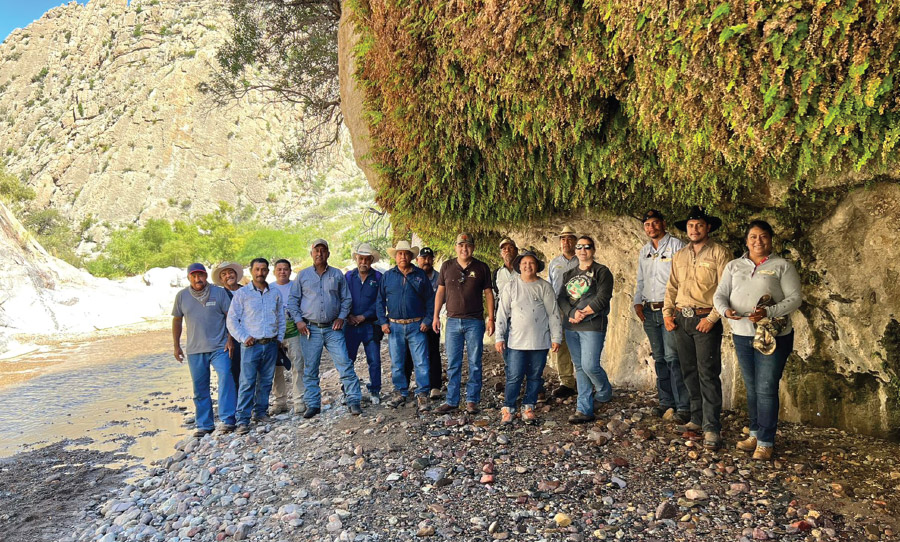
During their trip, the group from Sierra La Mojonera visited a number of protected areas in northern Mexico, including Mapimí Biosphere Reserve in Durango, as well as Cañón de Santa Elena and Janos Biosphere Reserve in Chihuahua. They met five groups of producers and learned about sustainable cattle ranching and pasture management practices. At first, some of the participants were a bit reserved, but the group enjoyed exchanging ideas with others and learned a lot.
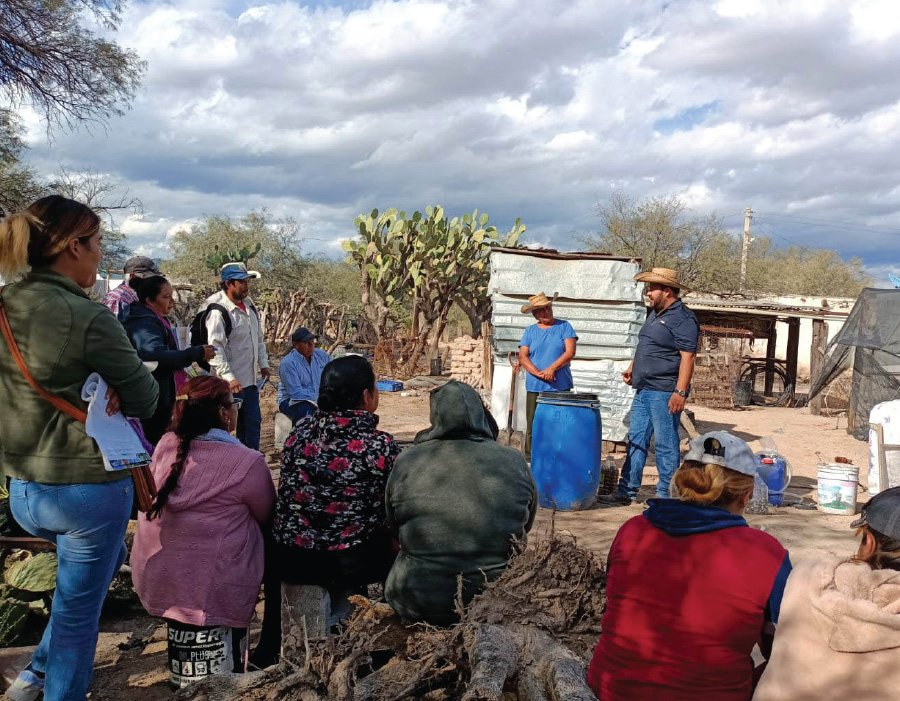
Community-based outreach efforts are crucial to help save bats, and when communities take the steps to learn about bats and how to protect them, bats and people alike benefit. Working with local communities and encouraging community members to lead and participate in projects to save bats and support local needs are key parts of BCI’s community engagement efforts. The week-long trip through northern Mexico was just one component of BCI’s community- based work in Mexico and beyond.
—Dr. Ana Ibarra
“I asked them to be really quiet waiting for the emergence of bats,” Dr. Ibarra says. “When we started to see one or two bats emerging from the roost, they were really interested. But when the real emergence started and they saw thousands of bats coming out of the roost, everyone was so amazed. There were thousands, and they couldn’t count them all. It was a really cool experience for them.”
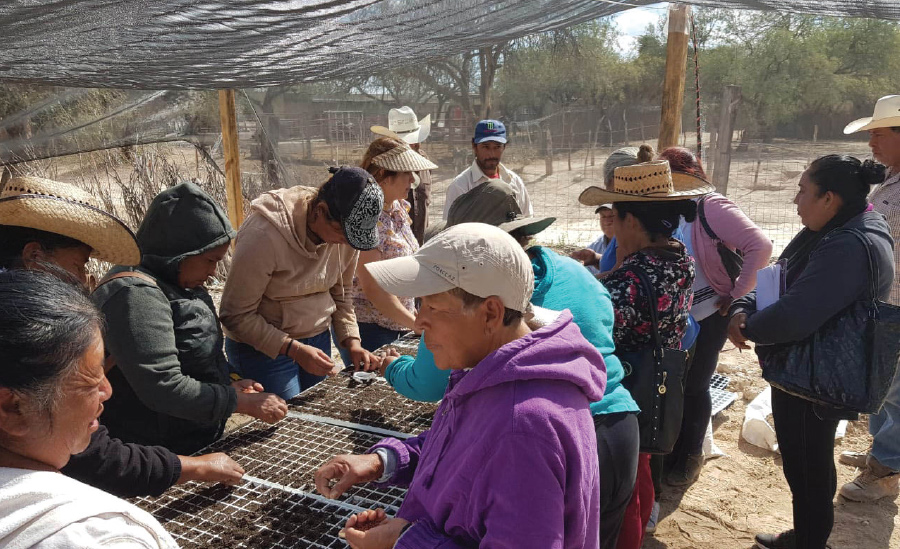
With BCI’s support in 2022, community members built new greenhouses in Huertecillas, Coyotillos, Zaragoza (state of Zacatecas), and La Jaboncillos (state of Coahuila), and refurbished four others (in Las Huertas, Encinos, Zaragoza, and Santa Teresa (state of Zacatecas). They also restored over 14,000 acres (equivalent to over 10,600 football fields). BCI is also supporting the development of several community green business enterprises that will support sustainable livelihoods and bat habitat. Community members are also working on environmental education and outreach projects, including a children’s book and workshops for primary school teachers to help them teach their students about the importance of bats and conservation.
Bat Gardens
Vanessa Mukendi is BCI’s Conservation Research Program Manager. She worked with the Anacostia Watershed Society in Bladensburg, Maryland, to create a bat garden during the summer of 2022. The organization works to restore and maintain the health of the Anacostia River, focusing on work like habitat restoration and watershed cleanups.
The organization’s headquarters was the perfect spot to create a garden for bats. Mukendi brought a carload of plants and helped volunteers plant species like purple coneflower, black-eyed Susans, perennial phlox, and wild hydrangeas. Mukendi loves providing opportunities for volunteers to learn about bats and get involved in protecting them.
“Community engagement projects are important because they give people a chance to dive into their curiosity,” Mukendi says.
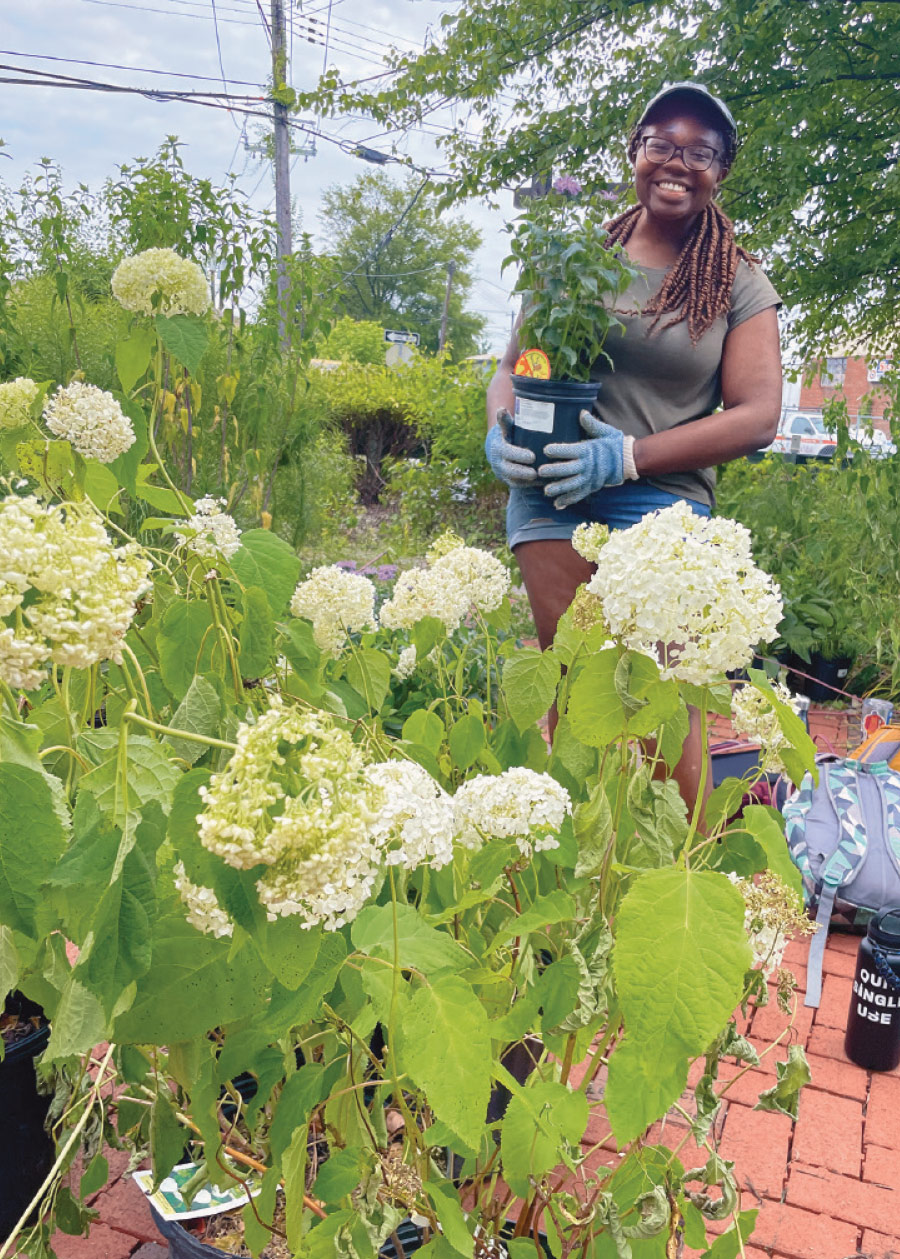

Working together to protect an important mating roost near Mexico City
Eight communities in the municipality where the cave is located held meetings with local community members, tourism managers, and landowners and decided to work toward protecting the cave and conserving approximately 30 acres of land around it, setting parameters on how the land can be used. They saw overtourism as a huge issue, so they worked to implement practices to prevent overuse.
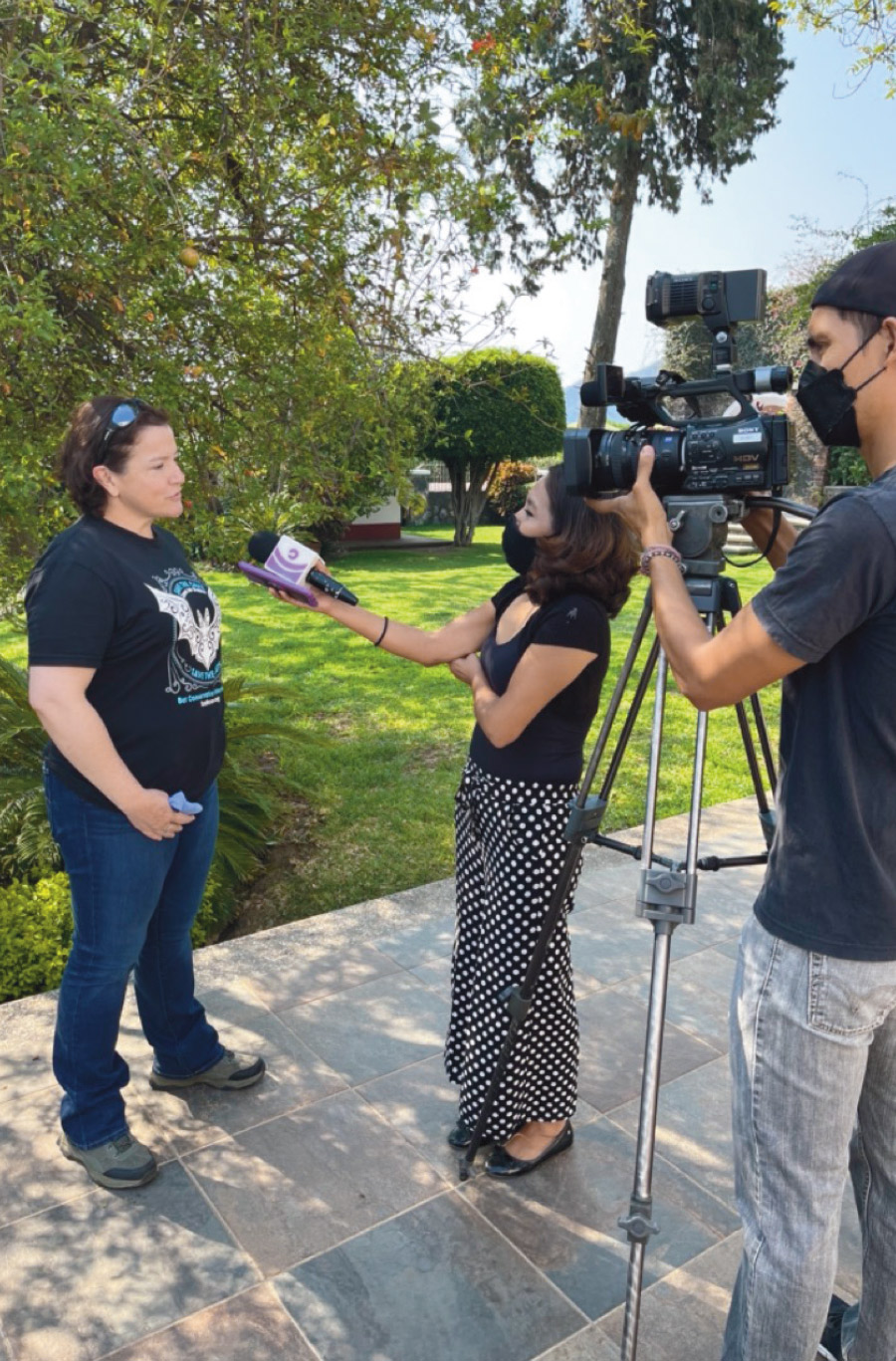
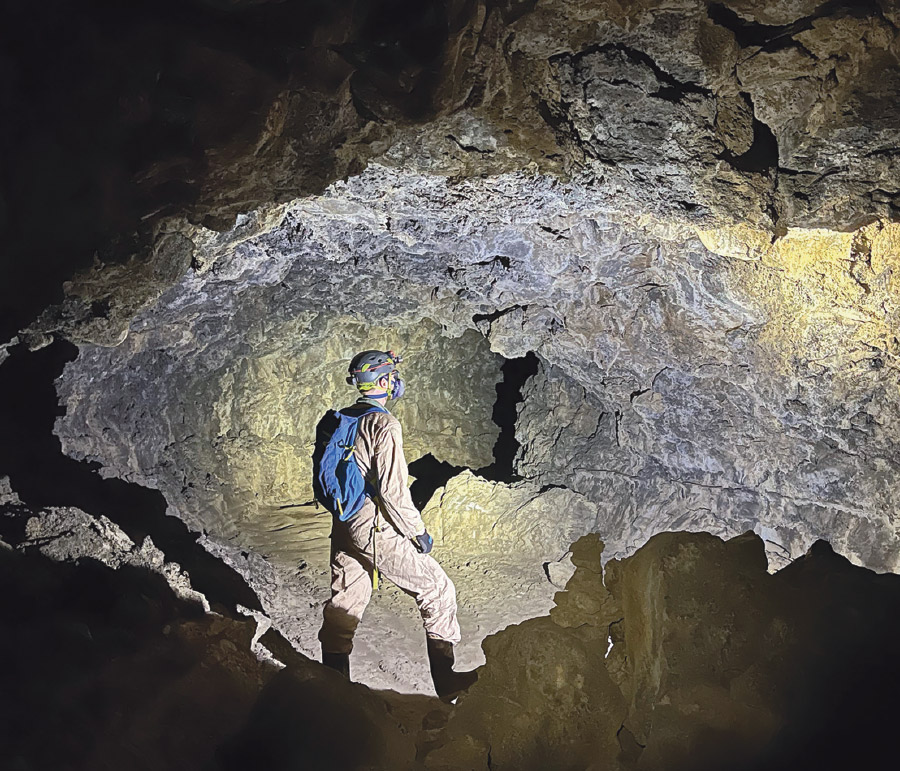
Local partners have also worked on environmental education and outreach efforts, including talks at local schools, to help people learn about the cave, why they should protect it, and how to do so.
“It’s really encouraging seeing some of the responses,” Dr. Ibarra says. “All the tourism groups refusing or stopping visitations, for example. It’s very challenging. There is a lot of community-owned land, and so all decisions have to be made by the whole community. Even though you have specific owners of certain parts of the communal land, decisions are made as a community, so if you have division inside a community, it’s really challenging. You have to convince everyone, or whatever project, suggestion, or the proposal won’t move forward.”
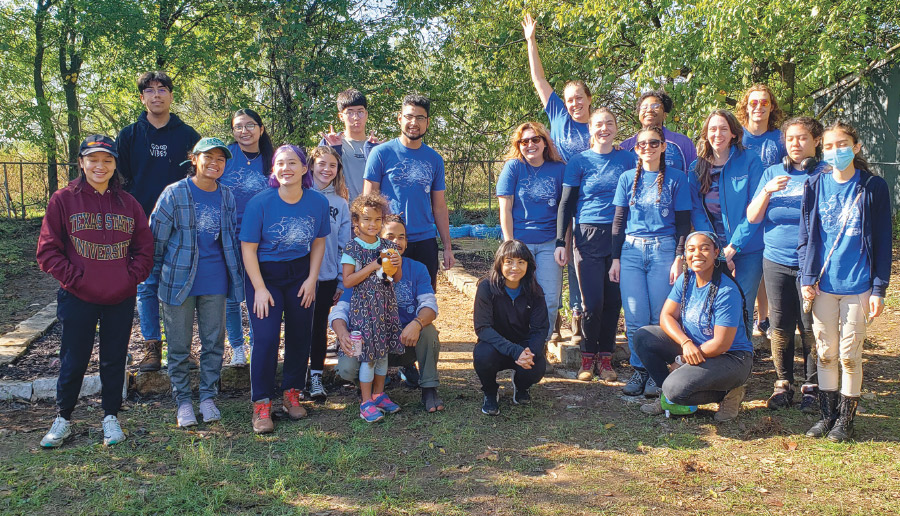
Learning about backyard bats in Austin
—Erin Cord

Students were also able to take a boat trip to see Mexican free-tailed bats (Tadarida brasiliensis) emerge from Austin’s Congress Avenue Bridge.
“As part of the partnership, BCI worked to figure out ways to support and bring a new perspective to their already wonderful existing program,” says BCI Community Engagement Manager Erin Cord.
The Bat Week program encouraged students to think about bats as an everyday part of their neighborhood, and they were even able to borrow echolocation devices to see what bats lived near their homes. One student was thrilled to try out the echolocation device near his apartment complex and find out brown bats and Mexican free-tailed bats were his neighbors.
“One of the biggest takeaways for students that week was learning that bats aren’t bad,” Bennett says. “There are all of these myths about bats that make them seem scary and bad, but they learned that those myths are fake. Bats aren’t bad. Bats are good, and they can be really cute.”